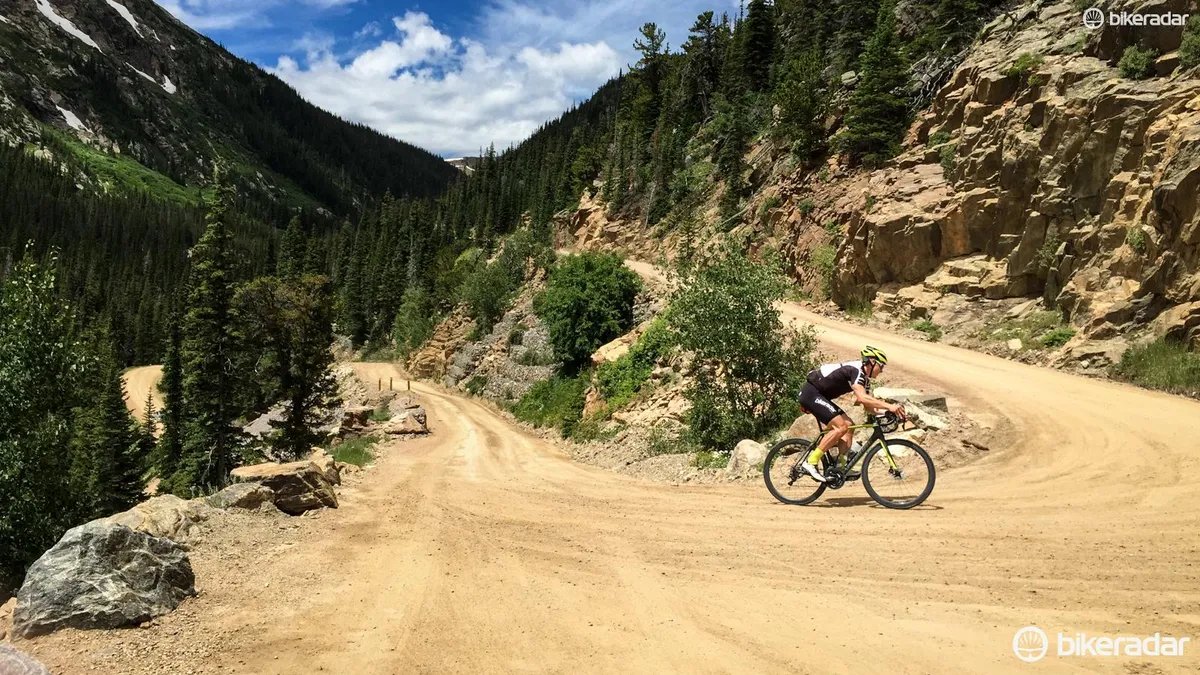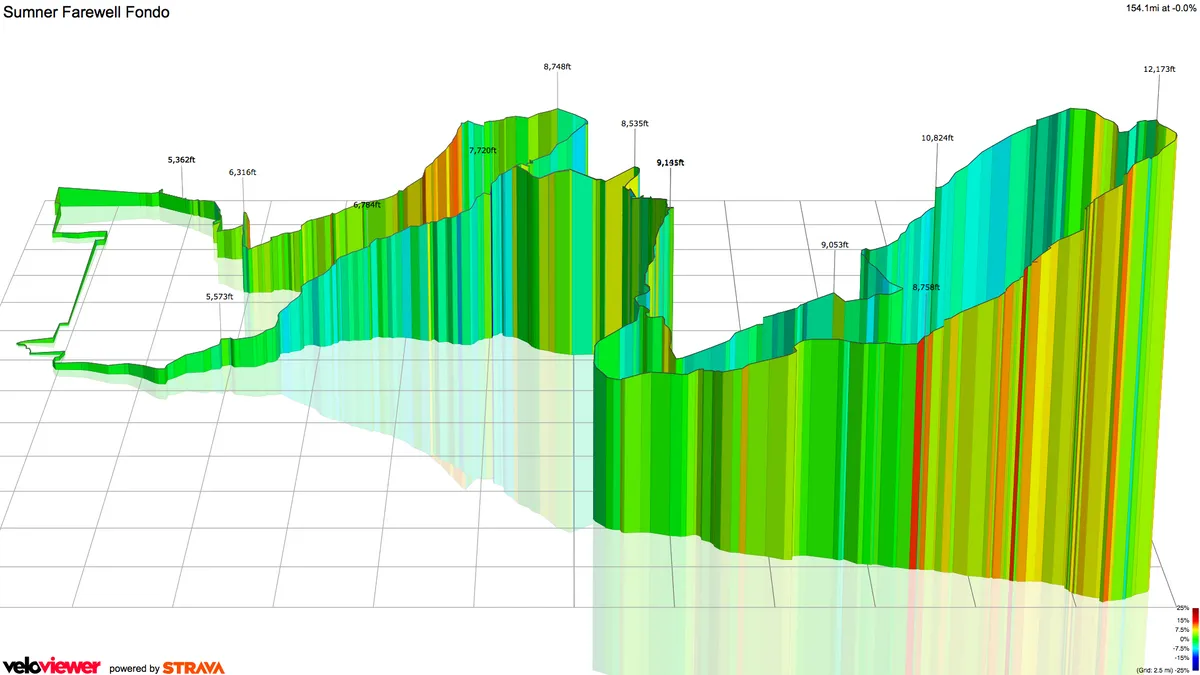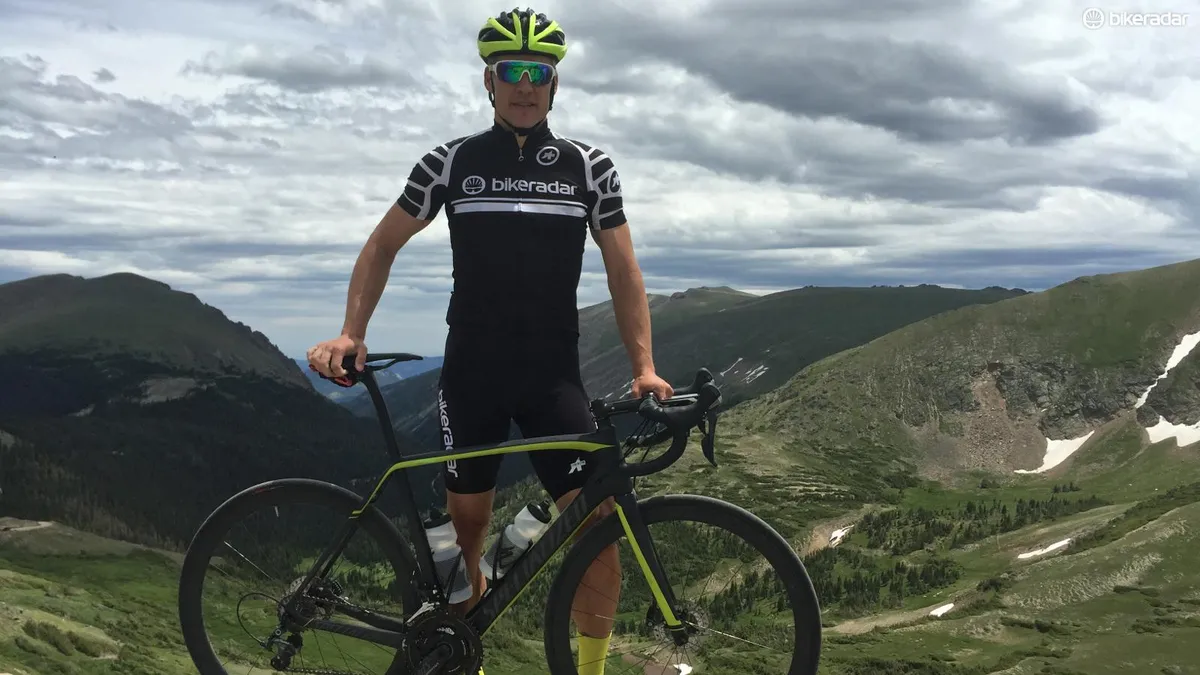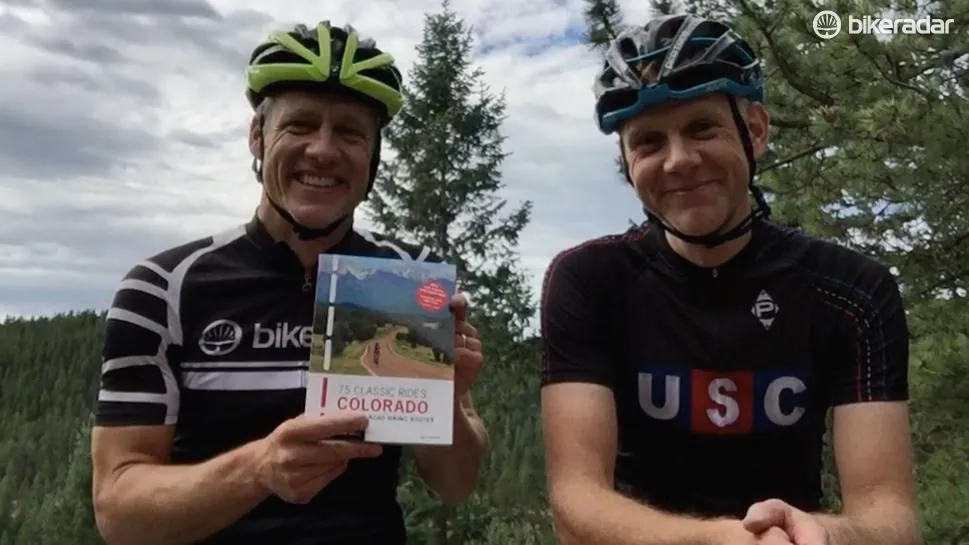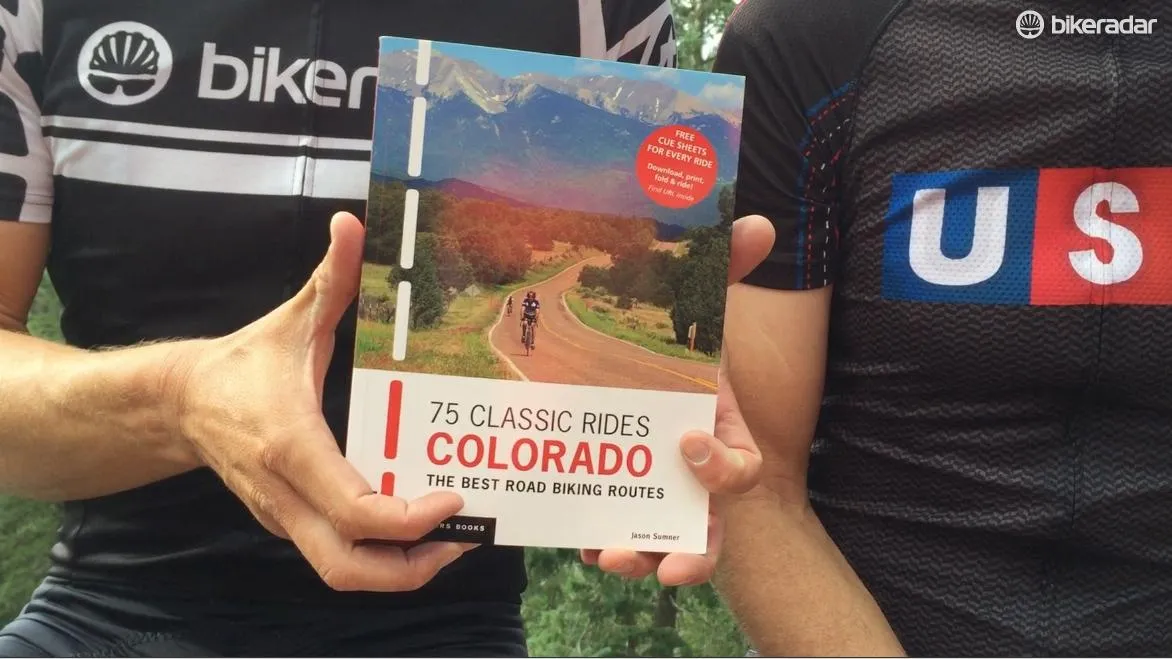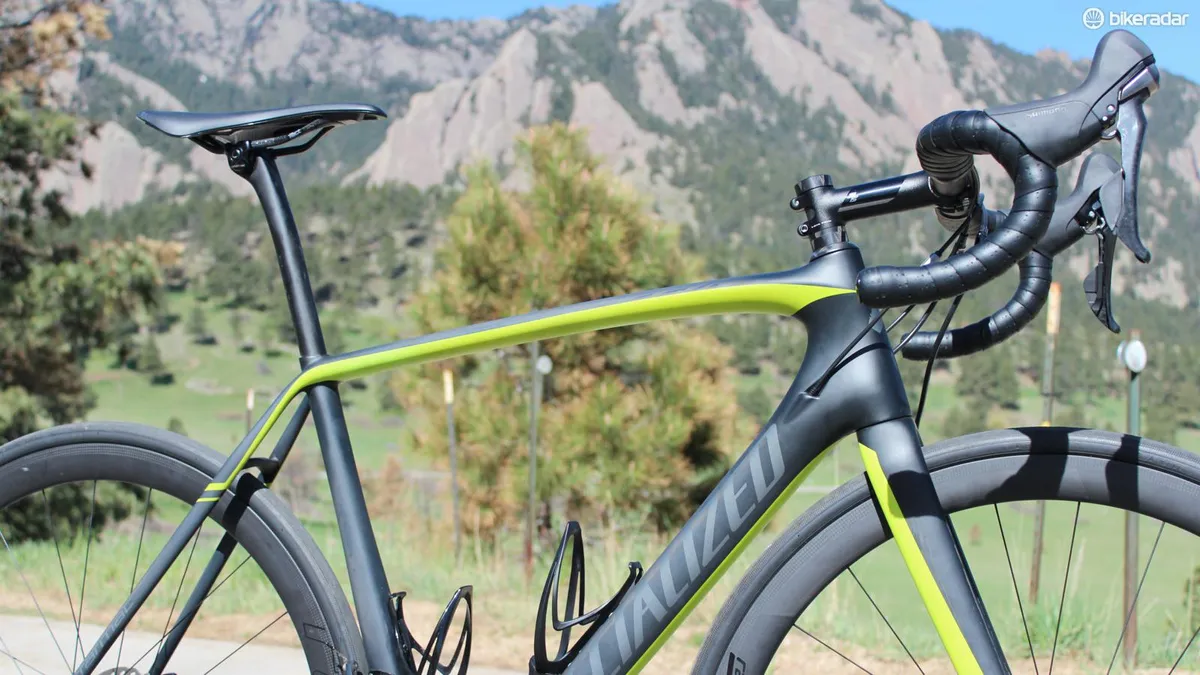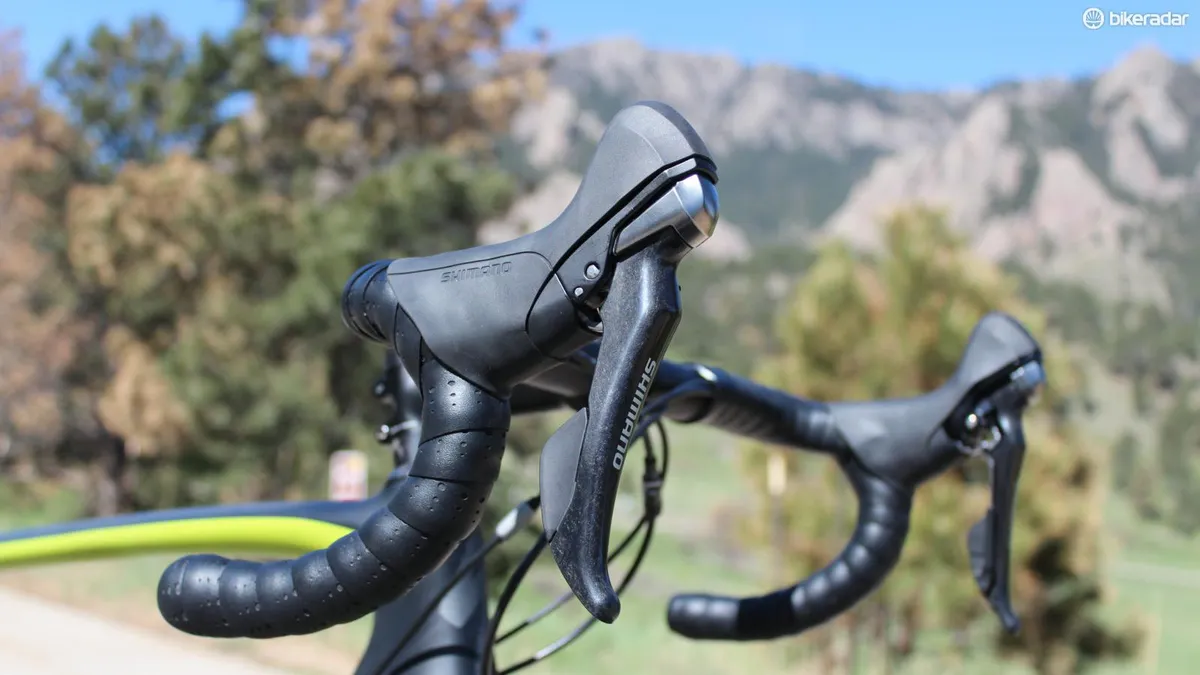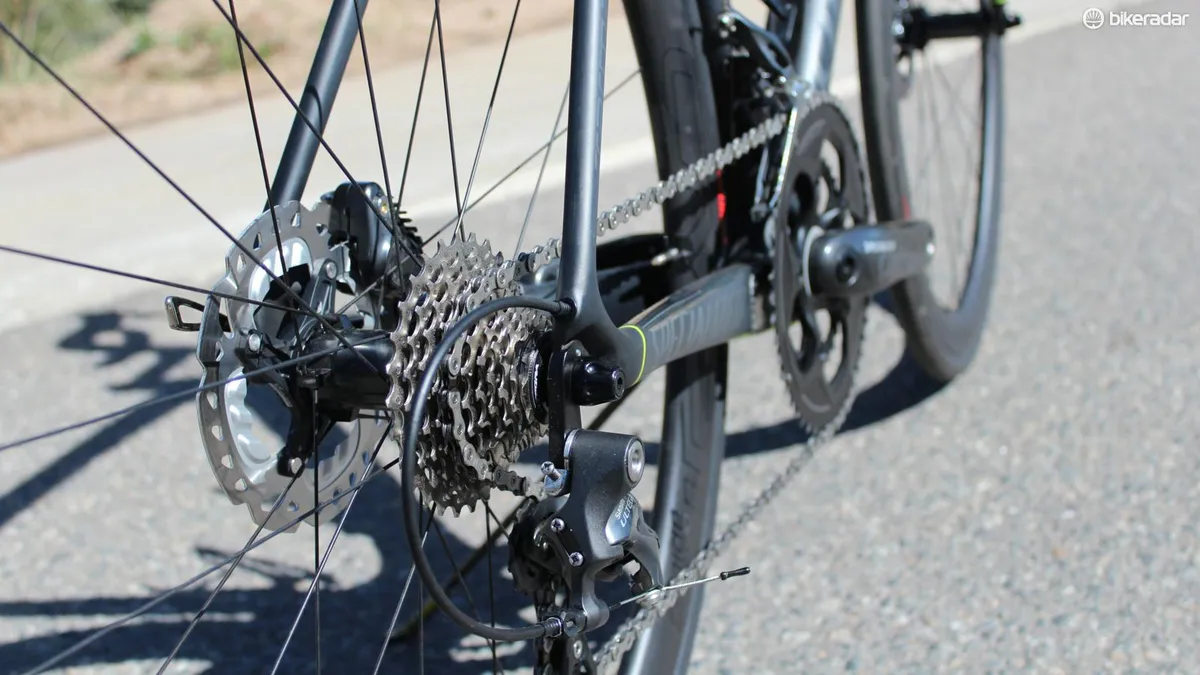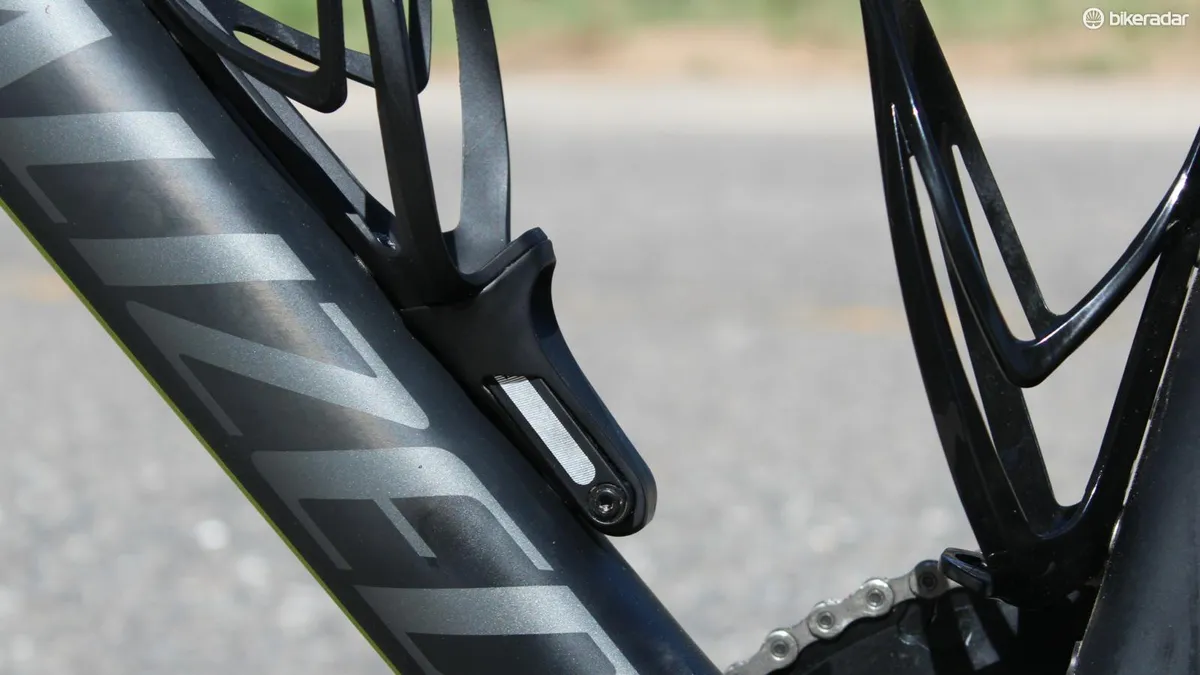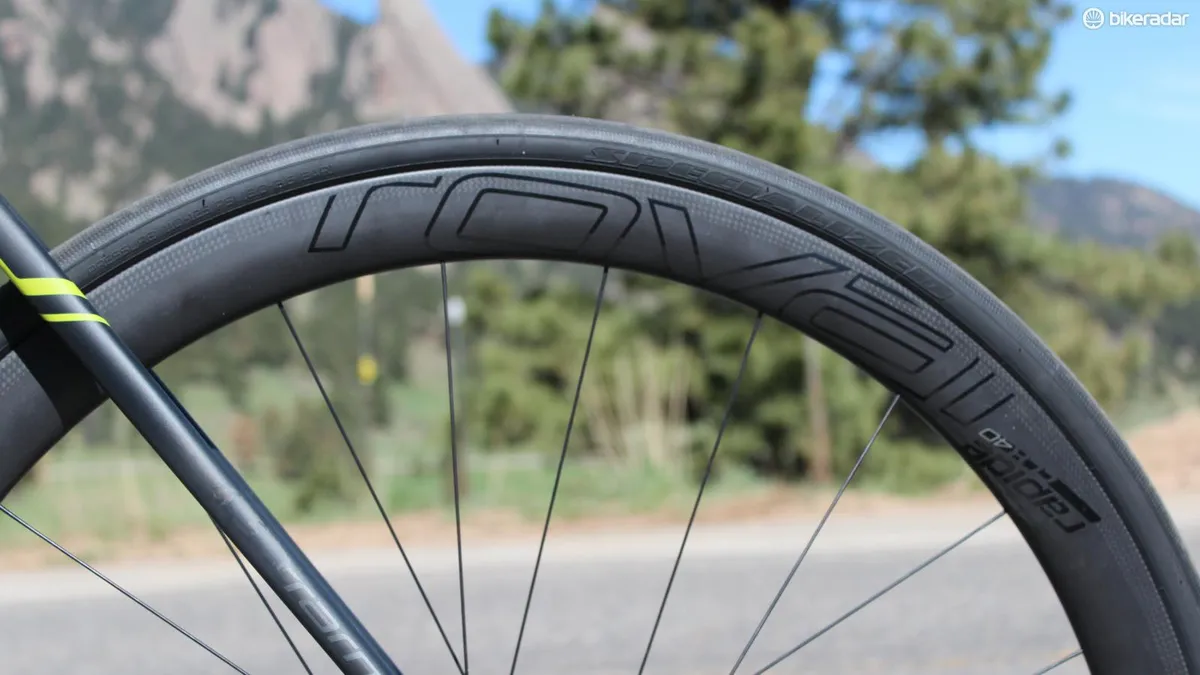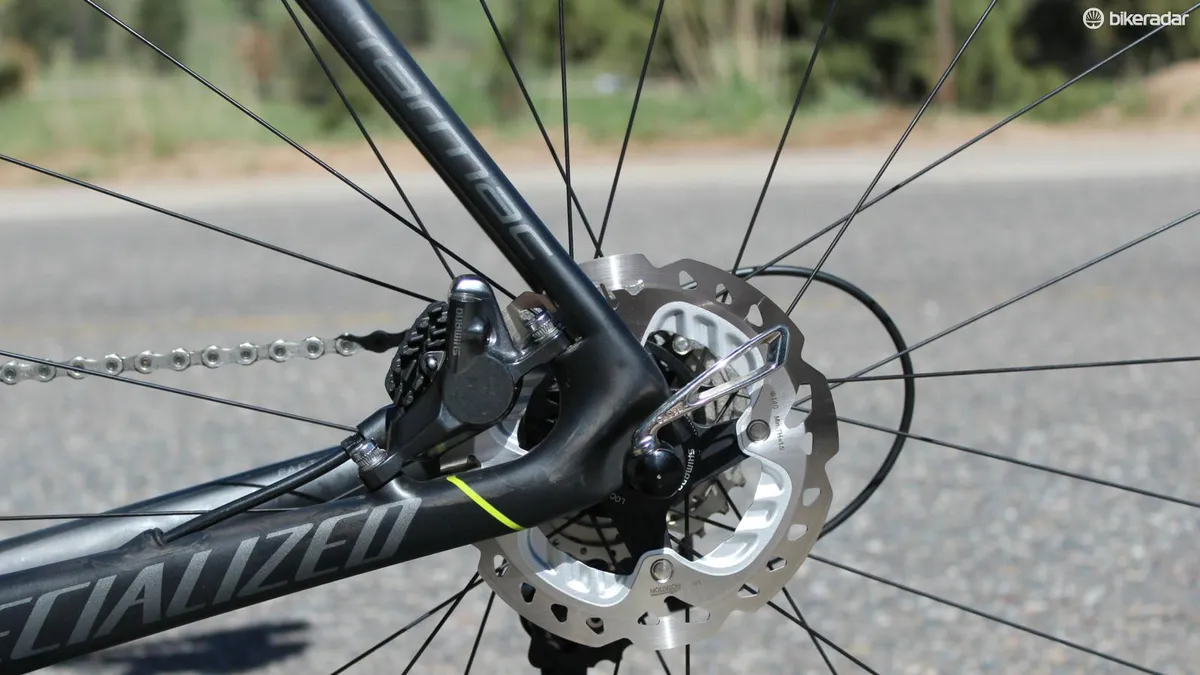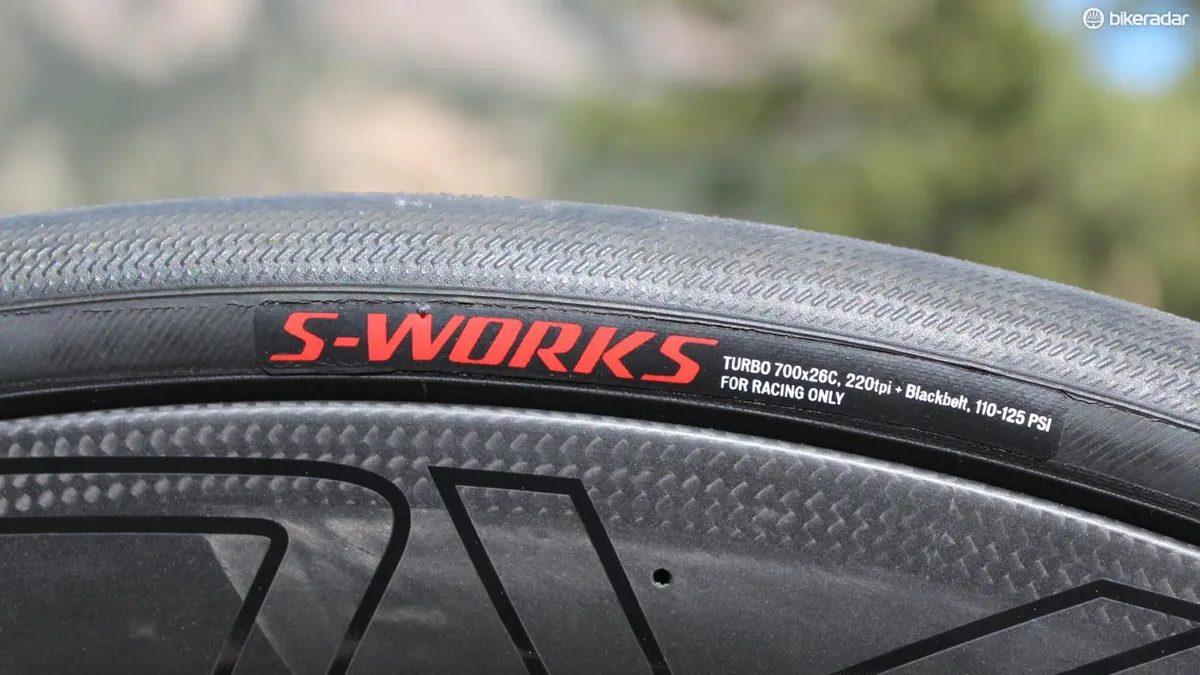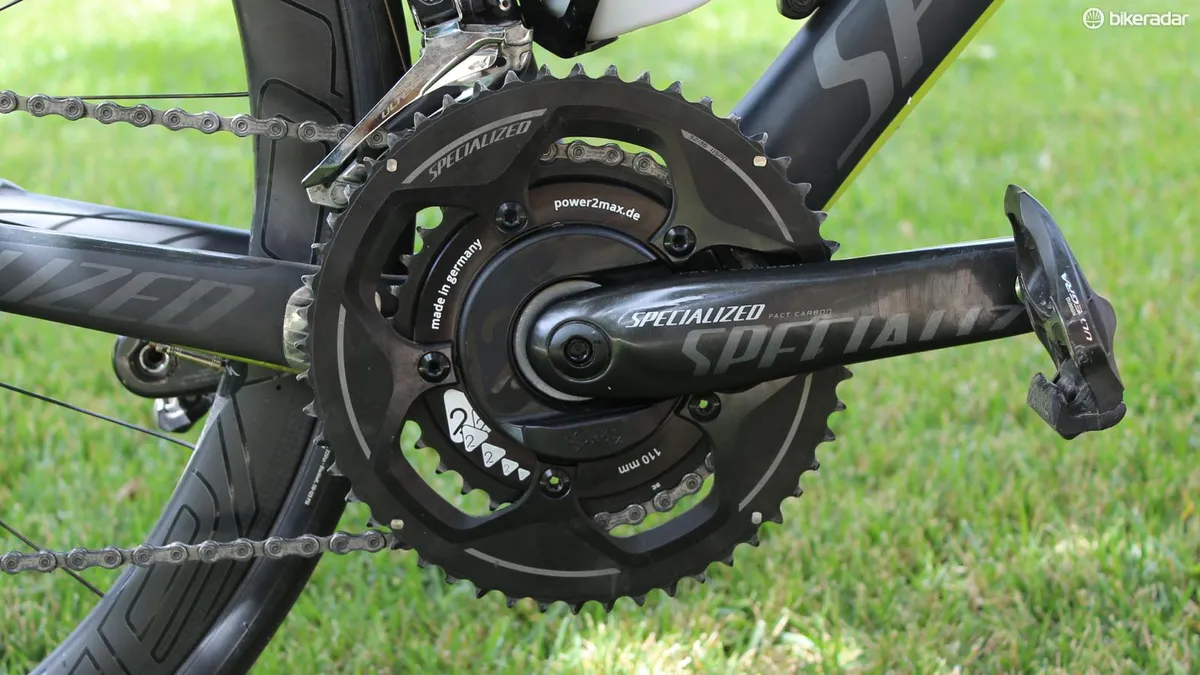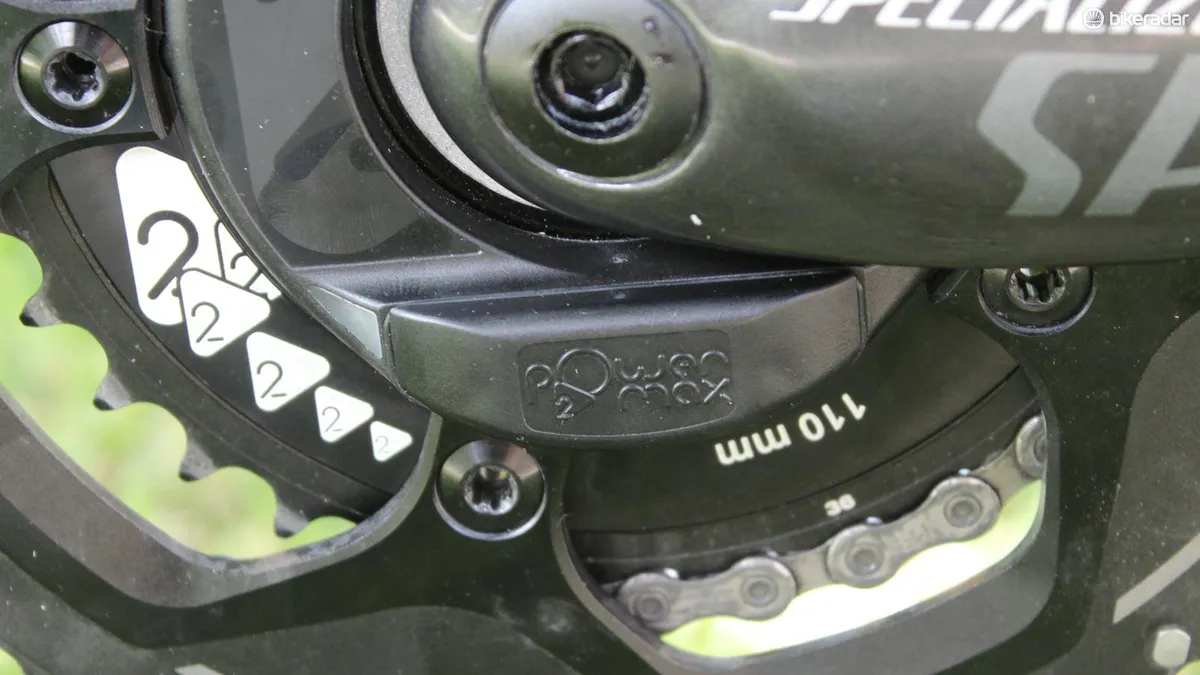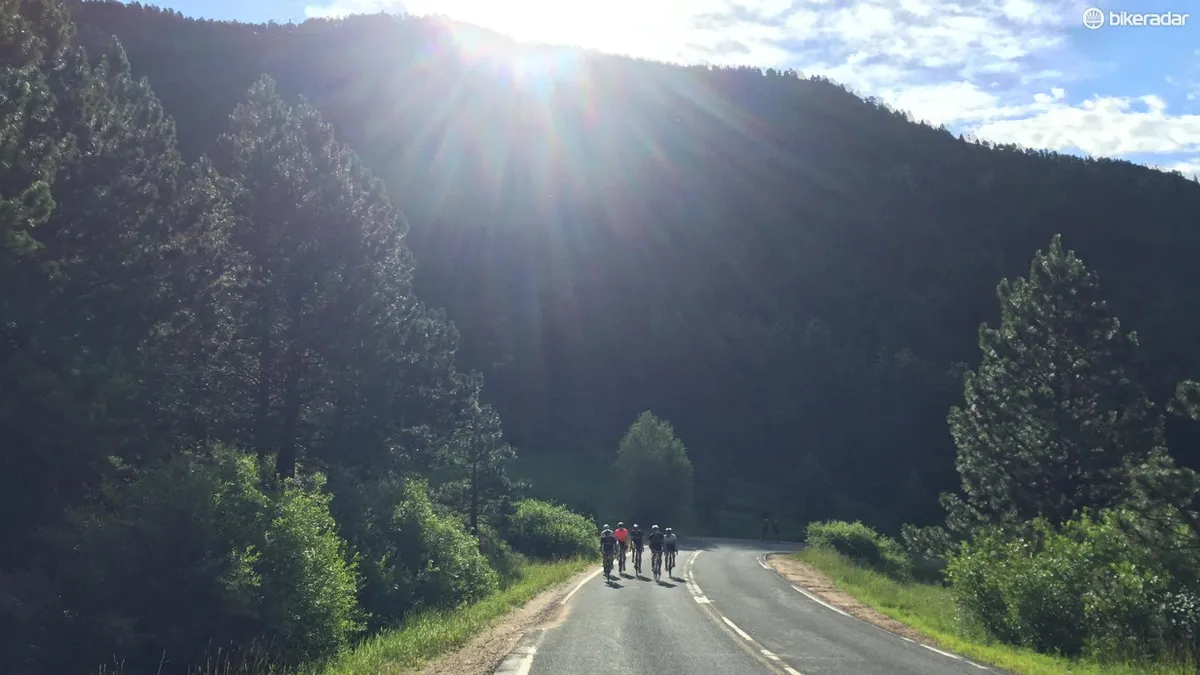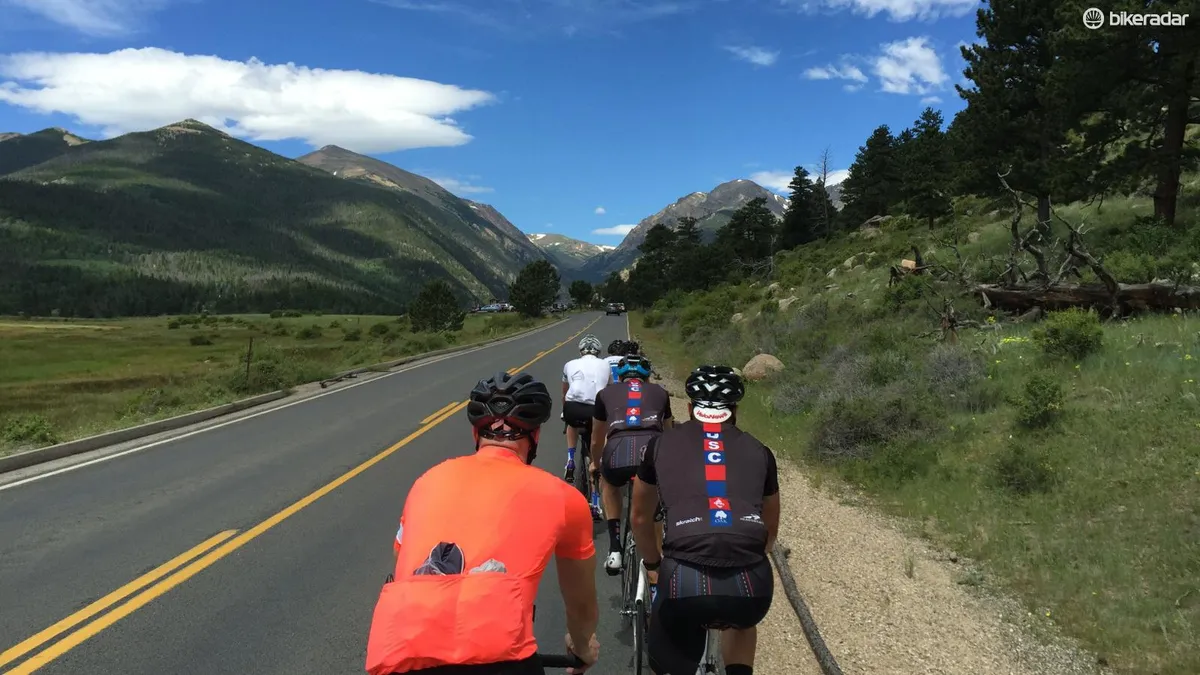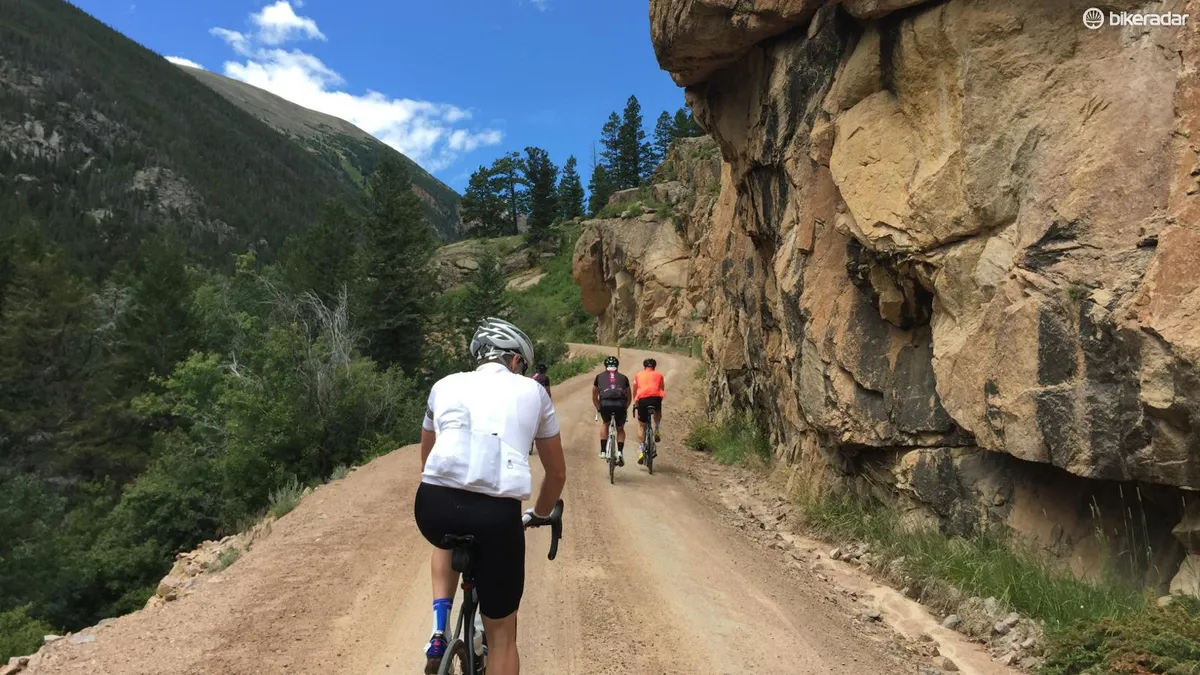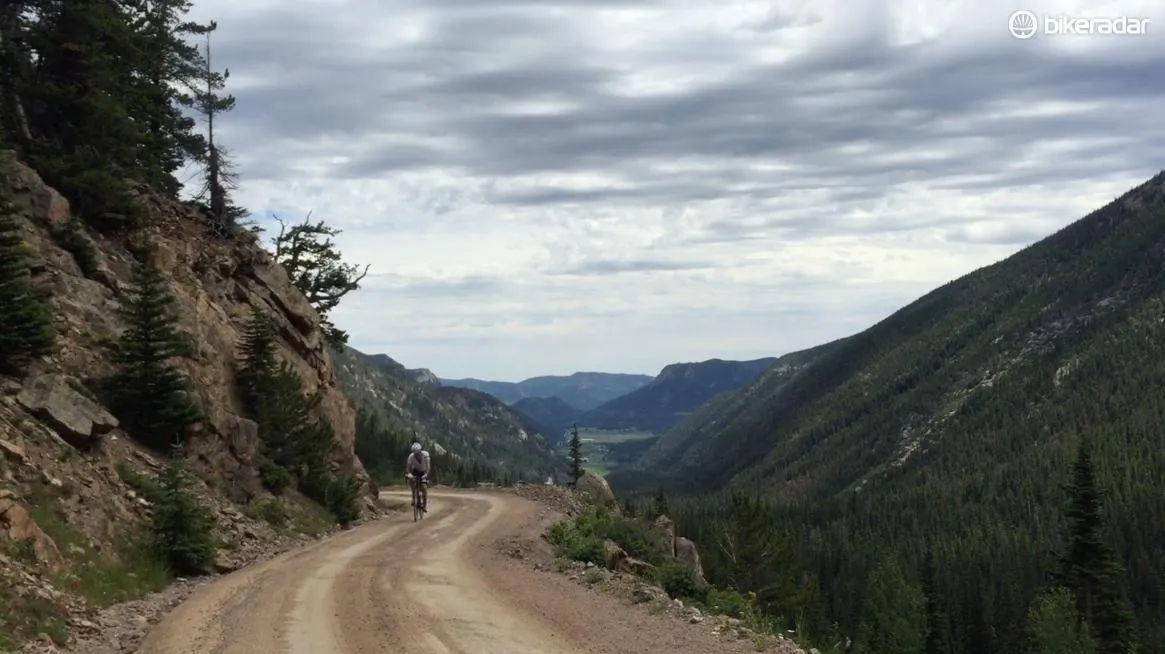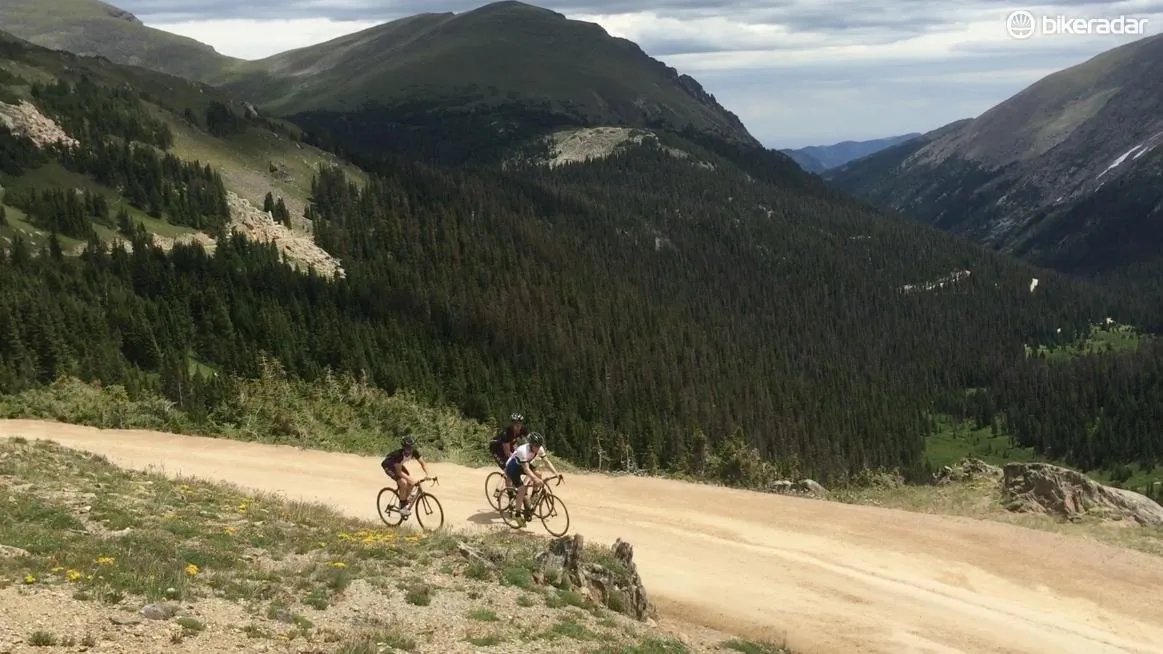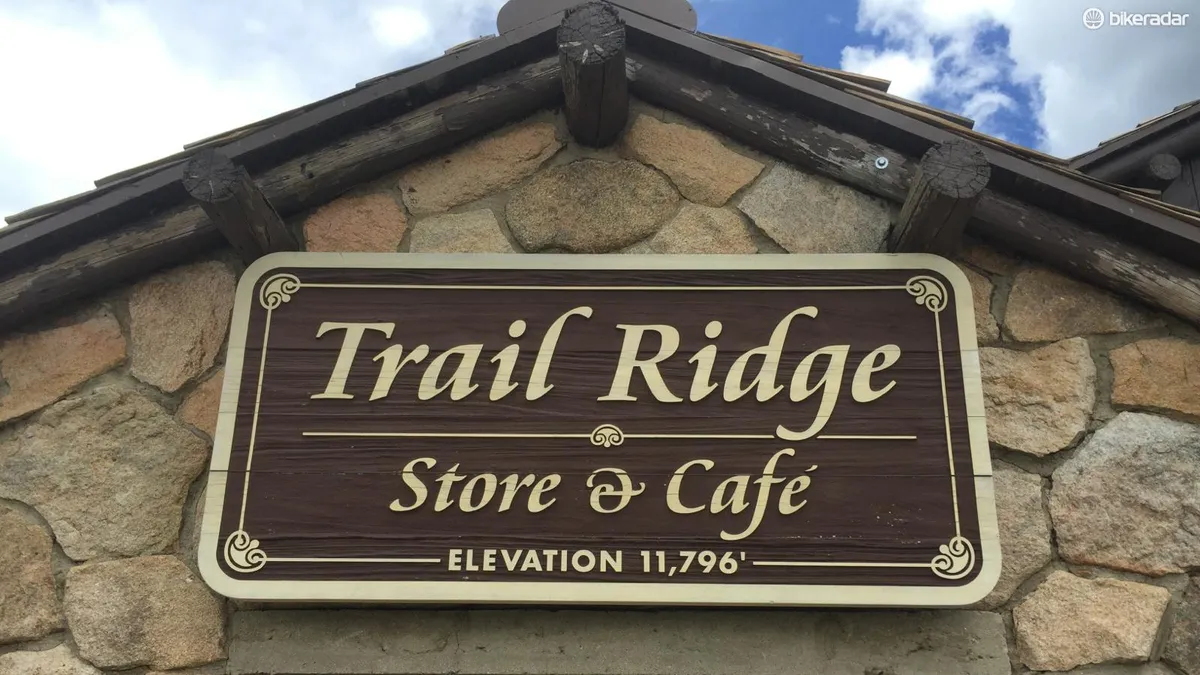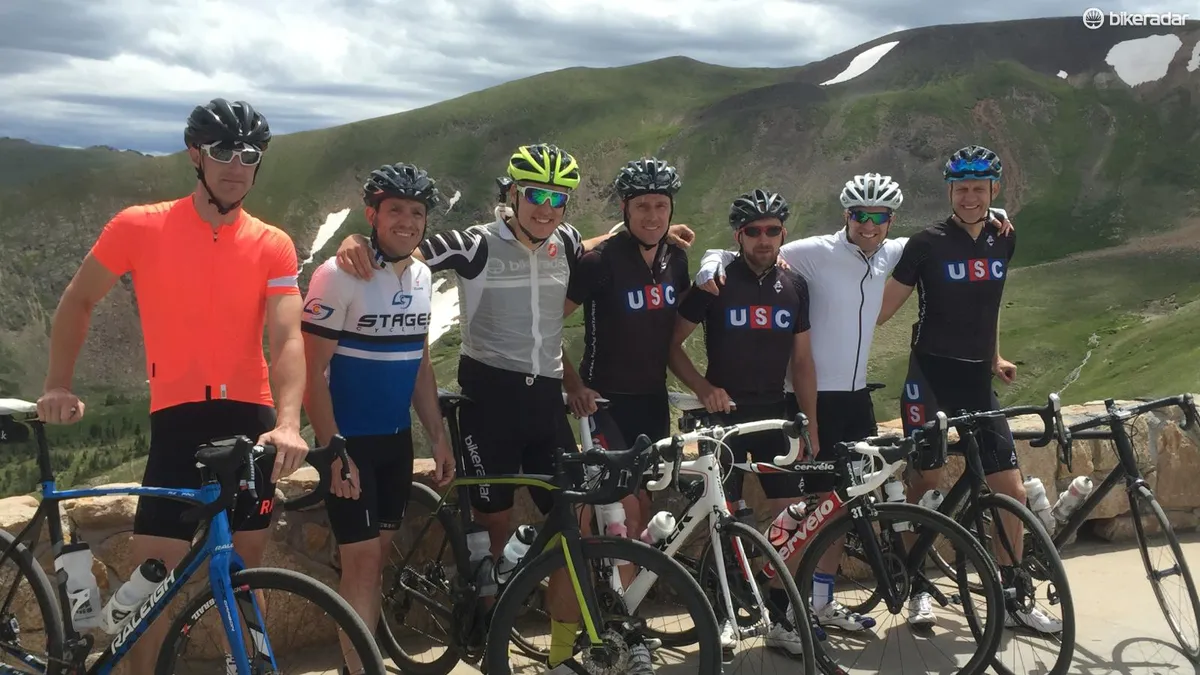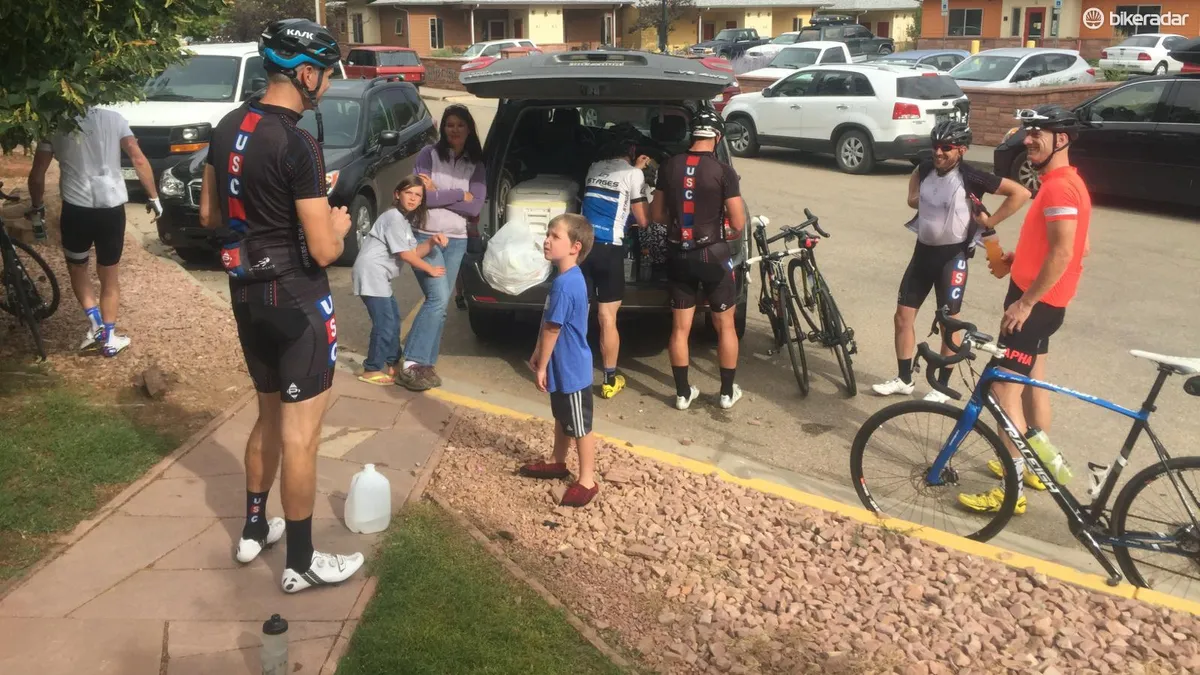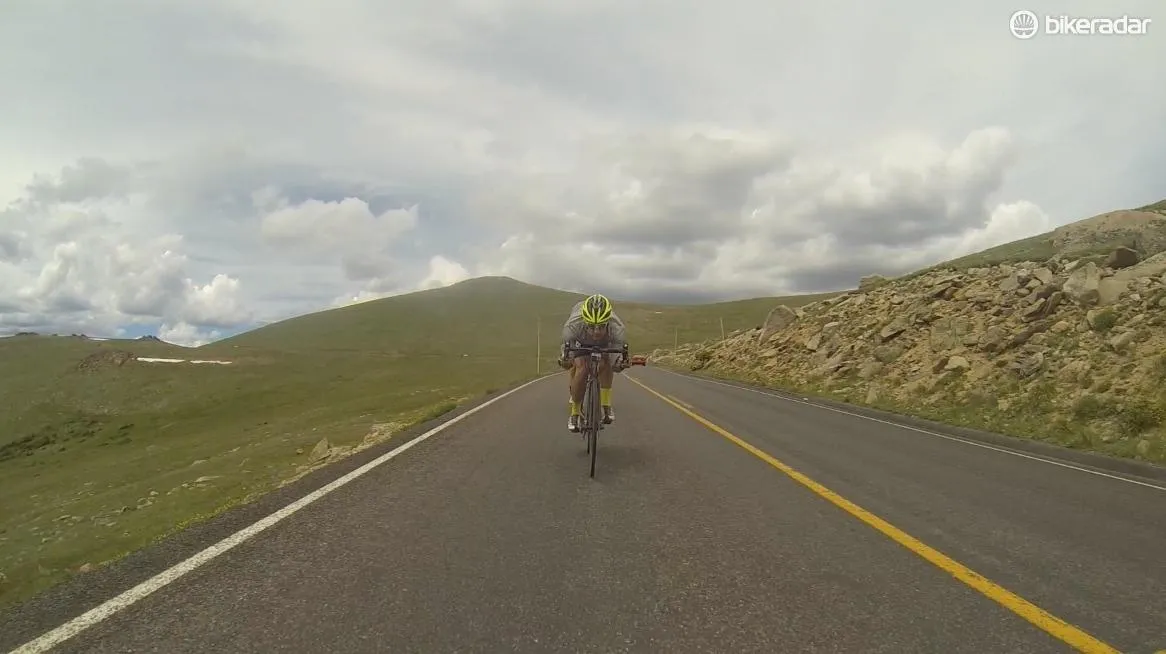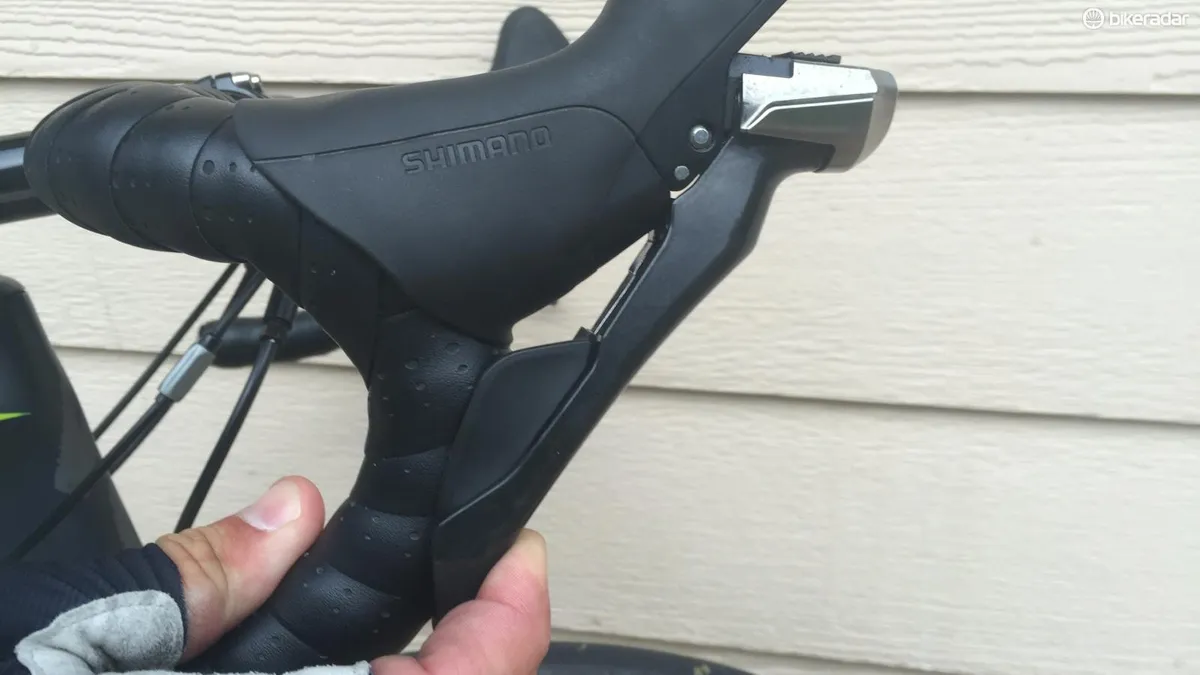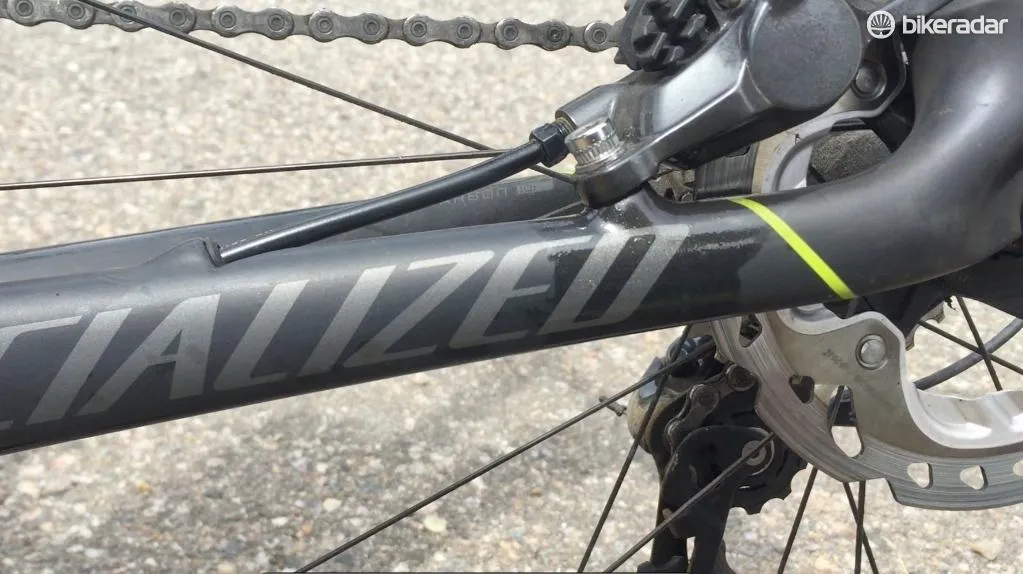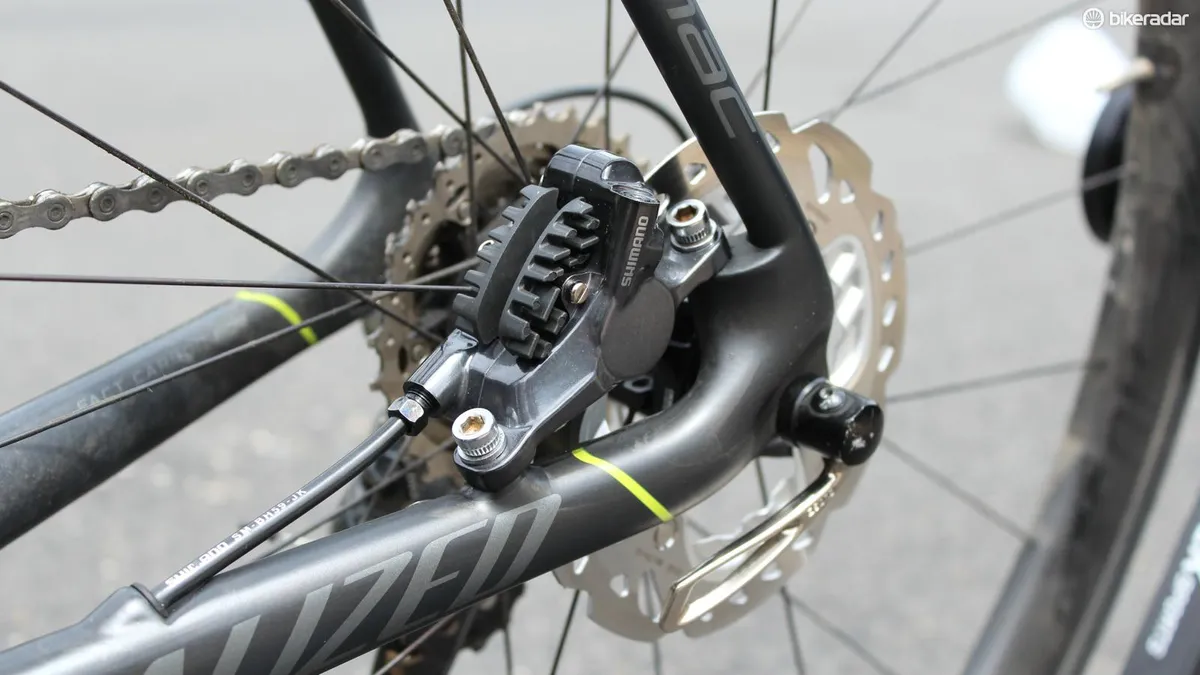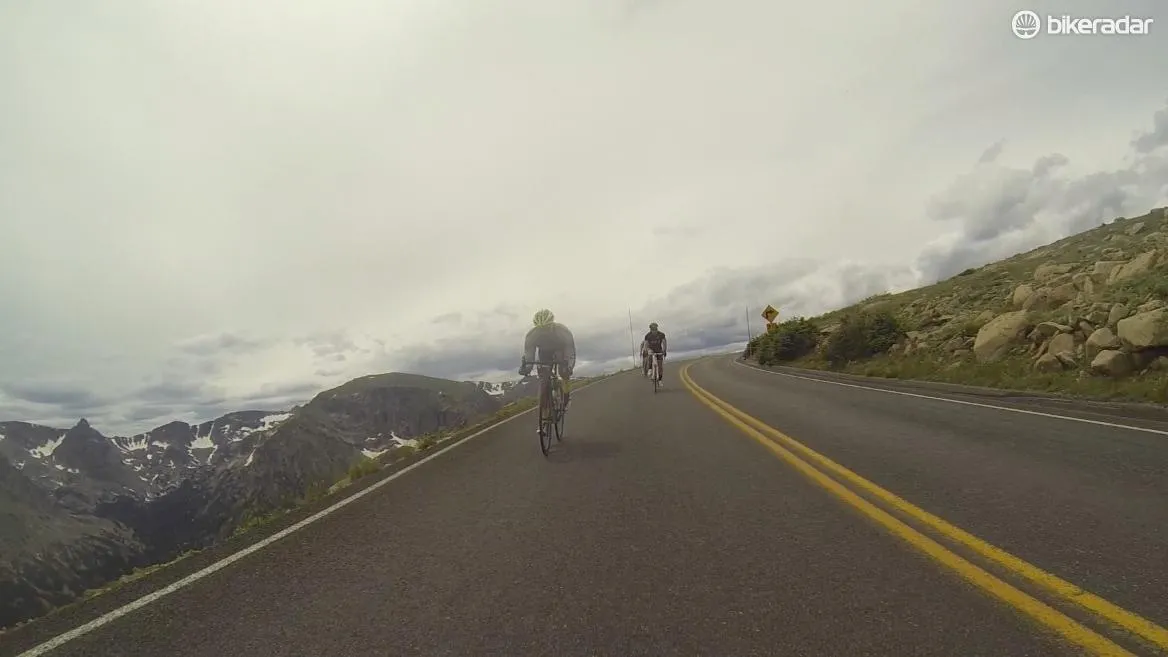For this Horse for the Course feature, the menu called for 150 miles, 15,000ft of vertical, a few long stretches of dirt, and world-class scenery. To celebrate a friend who is leaving town, a group of us concocted a big ride from Boulder, Colorado, way up to Rocky Mountain National Park, which tops out over 12,000ft.
We were planning on an all-day adventure, but I got a little more than I bargained for when my rear Shimano 785 hydraulic brake went out completely at mile 88 – with about 60 miles and 5,000 feet of descending still to go.
We didn’t know what was in store when the day began, of course…
Video: the old fall river road
A classic Colorado ride
Our departing friend Jason Sumner is the author of 75 Classic Rides - Colorado, and the guy loves to ride dirt. Therefore, our route pieced together a few of these Classic Rides, plus the day’s true highlight, Old Fall River Road, an 11-mile stretch of one-way dirt that snakes up to what feels like the top of the world inside Rocky Mountain National Park.
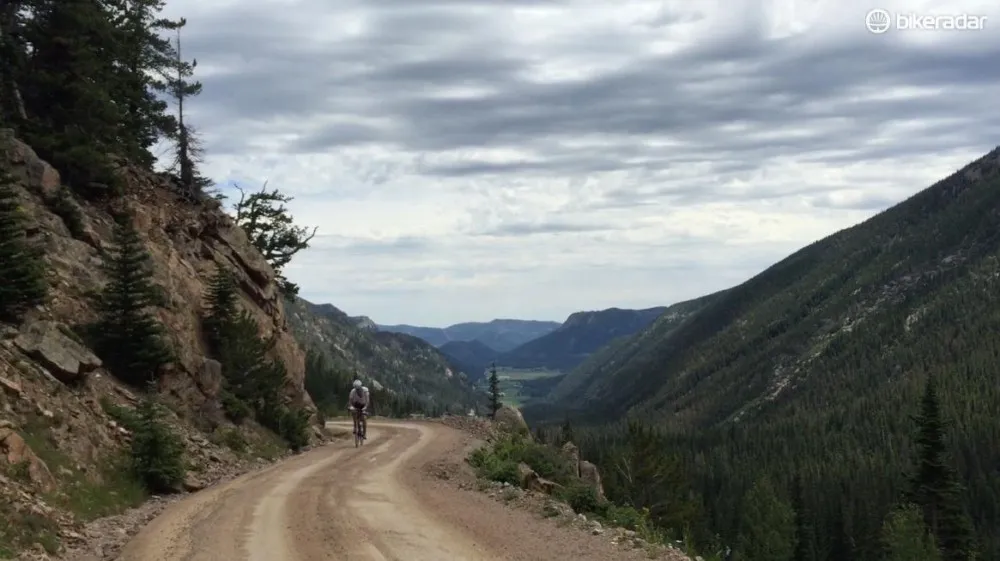
My chosen horse for this course was the Specialized Tarmac Pro Disc Race, largely stock except for the addition of a Power2Max power meter. Specialized cranks mean you can’t use a Stages power meter, which is usually my solution for test bikes. You can use Garmin Vector pedals on Specialized cranks, but you need the wider pods.
Our group was all on road bikes, save our friend Garren who did it on a one-by ’cross bike with road clinchers. Me, I used and appreciated each and every one of my 22 gears, from 36/28 up to 52/11. While the crown jewel of Old Fall River wasn't that steep at an average of seven percent, we still had to climb about 5,000ft just to get to Rocky Mountain National Park, with some pitches kicking to 15 percent.
Once inside the national park above the mountain town of Estes, Colorado, the ride began to take on all-time status. After a few miles of paved road, the single-lane Old Fall River switches to dirt, and climbs steadily up into the Alpine tundra, with streams and snowmelt waterfalls punctuating the sights and sounds of the steep slopes.
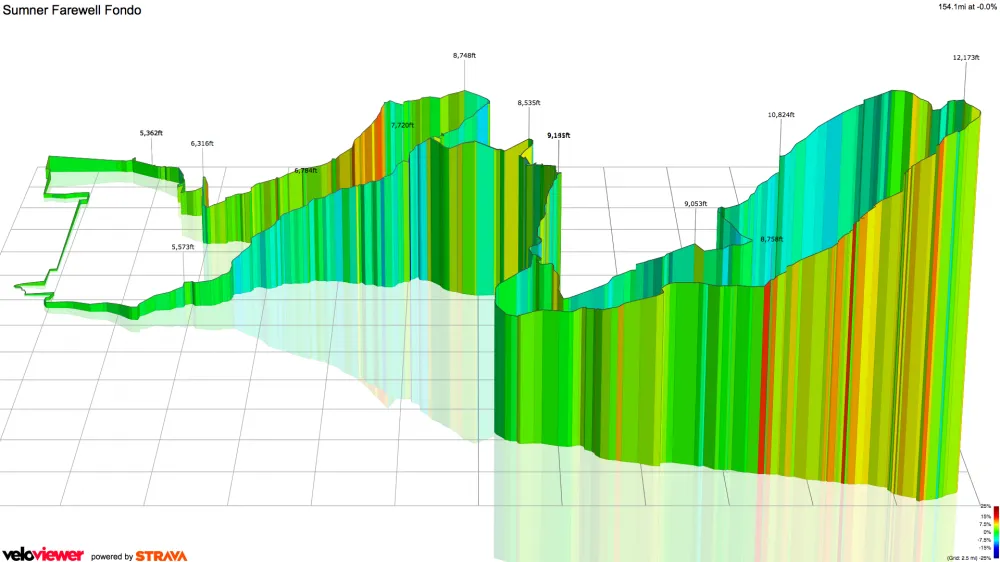
We didn’t have the road entirely to ourselves, but the auto traffic is there for the same reason we were — to soak in the majesty and beauty of the place — so we felt perfectly safe the whole time. I was a little doubtful as to whether my somewhat worn S-Works rubber would ward off punctures on the dirt. The thin tires feel great, but they're, well, thin.
They held fine. Our friend Dave's Maxxis tubeless rear spit a little sealant, but didn't require changing. On the whole, we were having good luck on the day with mechanicals and certainly with the weather. Summer lightning storms high in the Rockies are no joke, and are a common threat after noon. We had blissfully still skies.
Brake check
Once at the top, the plan was to bomb down Trail Ridge, the highest continuous highway in the United States. With a gradient between five and seven percent, it’s not crazy steep — but enough for a great ride if you can get a clean run at it.
While we were able to get portions of open road, we were largely hung up in the procession of auto traffic, so we would alternate between scrubbing speed and following in line, or slowing down considerably to let a gap open so we could coast more quickly (read: have more fun descending). It was while doing this that I felt my rear brake go soft for perhaps 30 seconds, with the lever feeling mushy, and then go out completely. Pulling the lever all the way to the bar had zero effect on the rear caliper.
With dozens of cars in front of us and dozens behind headed down the massive mountain with no shoulder, it was a little disconcerting to realize I only had one functional brake.
The Tarmac Pro Disc test bike came from Specialized and was given a once-over by a local shop before I picked it up. I had been riding the bike for about a month before this day — including numerous rides with 3,000ft-plus elevation changes — and I had not had any indication that anything was amiss.
I could get the discs to squeal on really steep, really tight descents sometimes, but always with perfectly dependable performance. I had not crashed or dropped the bike, so there was no external damage to the rear caliper or brake line.
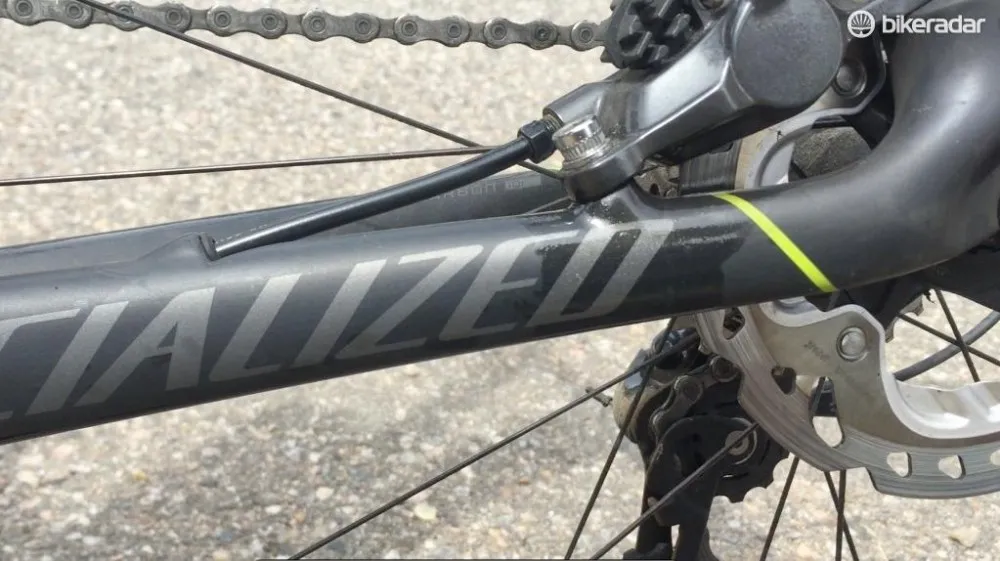
Once we got back down into the trees below 9,000 feet, the auto traffic thinned out considerably. We pulled over and inspected the bike, and found oil on the chainstay. We looked at the caliper and line for any obvious cracks. There were none. Perhaps heating the oil through braking caused it to thin, and escape through an area that had otherwise been sturdy over a month of riding, I thought.
After topping off our bottles and food supplies courtesy our friend Michelle who met us multiple places throughout the day (thank you, Michelle!), we set off towards the Peak to Peak Highway and our final big descent of the day, South St Vrain Canyon.
I half-jokingly told my friends that if I started yelling, to pull alongside me so I could grab their back and use them as a brake. But my front brake was still working and feeling good as new, and the open roads allowed us to bomb back down the rest of the descents without really needing to touch the brakes.
I contacted Shimano after the ride, and the company retrieved the caliper, the attached hose line and the rotor to diagnose the situation. Shimano determined that the right ceramic piston had cracked, allowing oil to leak out and causing the brake to lose function. I don't know what caused the piston to crack, but Shimano believes braking did not cause the issue.
The bike had Shimano 685 levers and 785 calipers with 140mm RT-99 Ice Tech rotors front and rear, with stock Ice Tech pads that have the cooling fins. I weigh 185lb/84kg and the braking coming off Trail Ridge wasn't insignificant, but the weight and the braking are both well within Shimano's normal parameters.
"We have concluded that the crack was not caused by heat generated while braking on the downhill," Shimano American road product manager Dave Lawrence said in a statement. "We didn't see any evidence of high temperature on the returned caliper and pads."
Read Shimano's full assessment and statement here.
My friend Neal Rogers was also riding a hydraulic disc bike. He had no issues, but he weighs 165lb/75kg and had Shimano 160mm rotors.
Brakes aside, Rocky Mountain National Park is an awesome place to ride. If you ever get the chance to visit Colorado, I highly recommend doing the Old Fall River climb – it’s an all-time quality ride.

